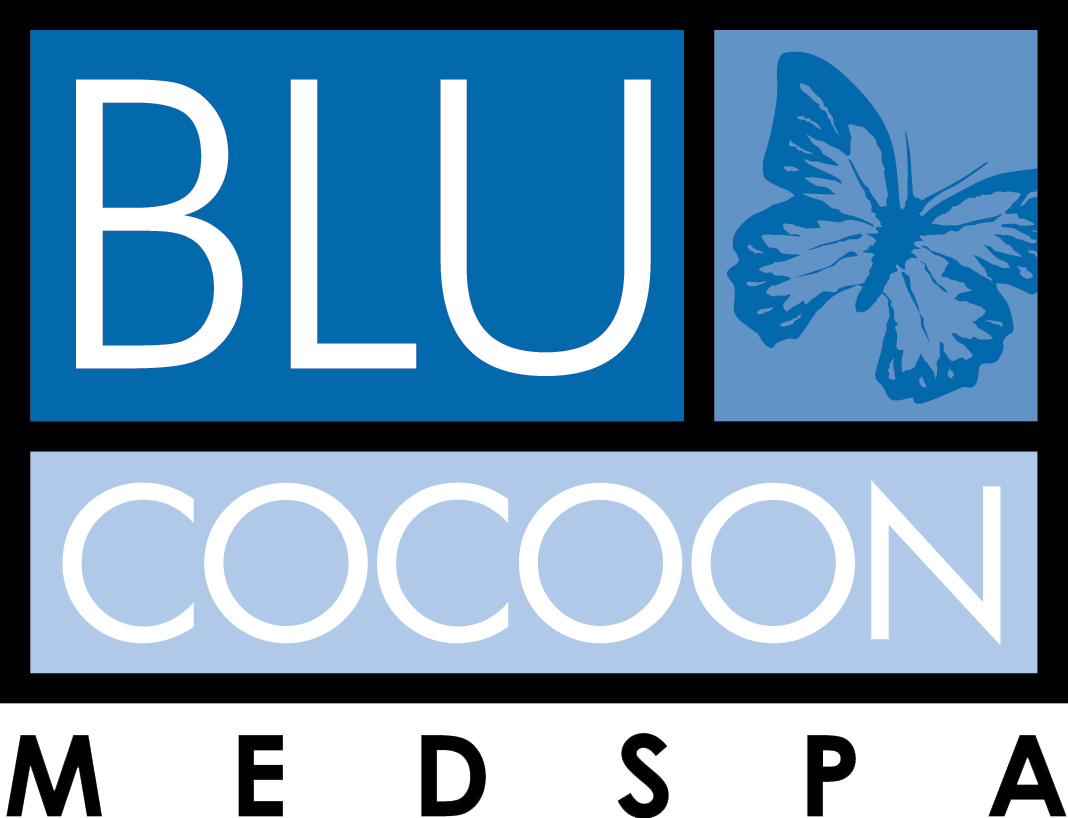One of the questions we get at Blu Cocoon Med Spa in San Jose is “how much SPF should I be using?”. With the weather heating up, and this Friday being “Don’t Fry Day” by the National Council on Skin Cancer Prevention, we saw it as the perfect opportunity to address sun protection.
What is SPF?
SPF stands for Sun Protection Factor and the number that follows is a measure of the sunscreen’s ability to prevent UVB from damaging the skin. This is best explained on the Skin Cancer Foundation website: “If it takes 20 minutes for your unprotected skin to start turning red, using an SPF 15 sunscreen theoretically prevents reddening 15 times longer — about five hours.”
What is the difference between UVA, UVB and UVC rays?
The “UV” stands for “Ultra Violet” light rays which are divided into three categories, depending on their wavelength.
UVA: We think of the “A” as “Aging”. These rays will give you lines, wrinkles and sagging.
UVB: We think of “B” as “Burning”. Sun spots, hyperpigmentation is what you get from “B” rays.
UVC: We think of “C” as “Cancer”. These rays often don’t reach the earth because they are absorbed by the ozone layer, but if they do, even the briefest exposure can result in a sunburn. Prolonged exposure can be fatal.
Do I need sun protection all day long?
Yes! Some people assume they only need sunscreen during the time when the sun is at it’s “strongest” from 10am to 2pm. That is not true! UVA rays emit at the same level as soon as the sun up, until sundown. So if you’re going for a run after work at 6pm, you still need to slather up first.
“I never go out in the sun, do I need to wear sunscreen?”
We’ve heard this one before and unless you live in a house with no windows and never leave it, you do get sun exposure. It only takes 5 to 10 minutes for sun damage to occur. This can take place walking to and from your car or commuting to and from work. Sun rays still reach you through car windows. If you are the driver, your left side of the face, chest and hands have repeated sun exposure. A tip from us: if you use the translucent Colorescience Sunforgettable mineral powder SPF 30 on your face, get in the habit of brushing the powder on the backs of your hands to protect them also!
How much SPF should I use on my face?
Most people will recommend SPF 15 or higher. At Blu Cocoon, we have seen plenty of sun and environmental skin damage so we suggest using an SPF 30 or higher. Your facial skin is delicate and is almost constantly exposed such as when you are getting in and out of the car, running errands, meeting friends, your face is always picking up rays here and there. If you are planning to be in direct sun for a long amount of time (pool side or at an outdoor event) up your sun protection with a wide-brimmed hat and UV-blocking sunglasses.
What facial sunscreen does Blu Cocoon recommend?
Colorescience in San JoseBlu Cocoon carries TIZO SPF 40, an oil-free, non-comedogenic sunblock that contains titanium dioxide and zinc oxide for UVA/UVB protection. TIZO floats on the skin and provides a physical barrier to the harmful rays. Other sunscreens, such as those found at supermarkets, are mostly made up of “chemiccal” sunscreens that are absorbed into the skin (and can actually heat up the skin while providing protection). TIZO also has the added bonus of leaving your skin with a silky, matte finish. Top off with a Colorescience Sunforgettable mineral powder in SPF 30 to 50 (choose from translucent all the way to bronze) and you will be ready to face the day!
How much SPF should I use on my body?
For the rest of your body, use the equivalent of a shot-glass full of sunscreen (1 ounce). Apply it about 30 minutes before your sun exposure. If you are going to be in the sun most of the day, swimming and/or sweating, don’t forget to reapply the same amount every two hours.
Should I use sunscreen year round?
Yes! Make it part of your daily routine to use sun protection on your face, year round. Sun damage can lead to hyperpigmentation (“liver spots”), wrinkles, fine lines, and, in some cases, skin cancer. A little prevention can go a long way!
